In the world of sports cars, not every model can win the hearts of consumers. While some are celebrated for their design and performance, others miss the mark for various reasons. Let’s take a closer look at seven sports cars that, despite high expectations, struggled to capture the interest of buyers.
Pontiac Fiero
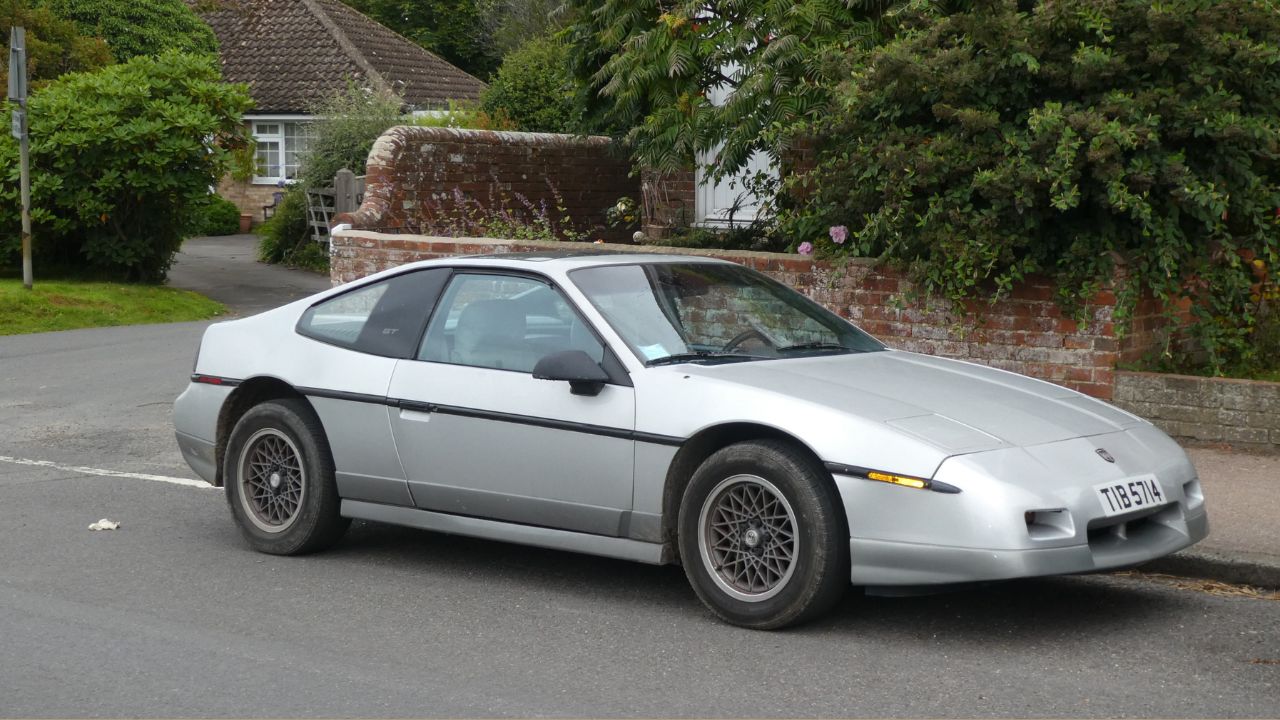
Introduced in 1984, the Pontiac Fiero was GM’s first mid-engine sports car. It was initially marketed as a fuel-efficient commuter car, which confused consumers who were expecting a performance-oriented vehicle. Early models suffered from reliability issues, particularly with engine fires, which further tarnished its reputation.
Though improvements were made in later years, the Fiero couldn’t shake its early image problems. Sales dwindled, and Pontiac discontinued the model in 1988. Despite its initial struggles, the Fiero has found a second life among enthusiasts who appreciate its unique design and potential for customization.
Subaru SVX
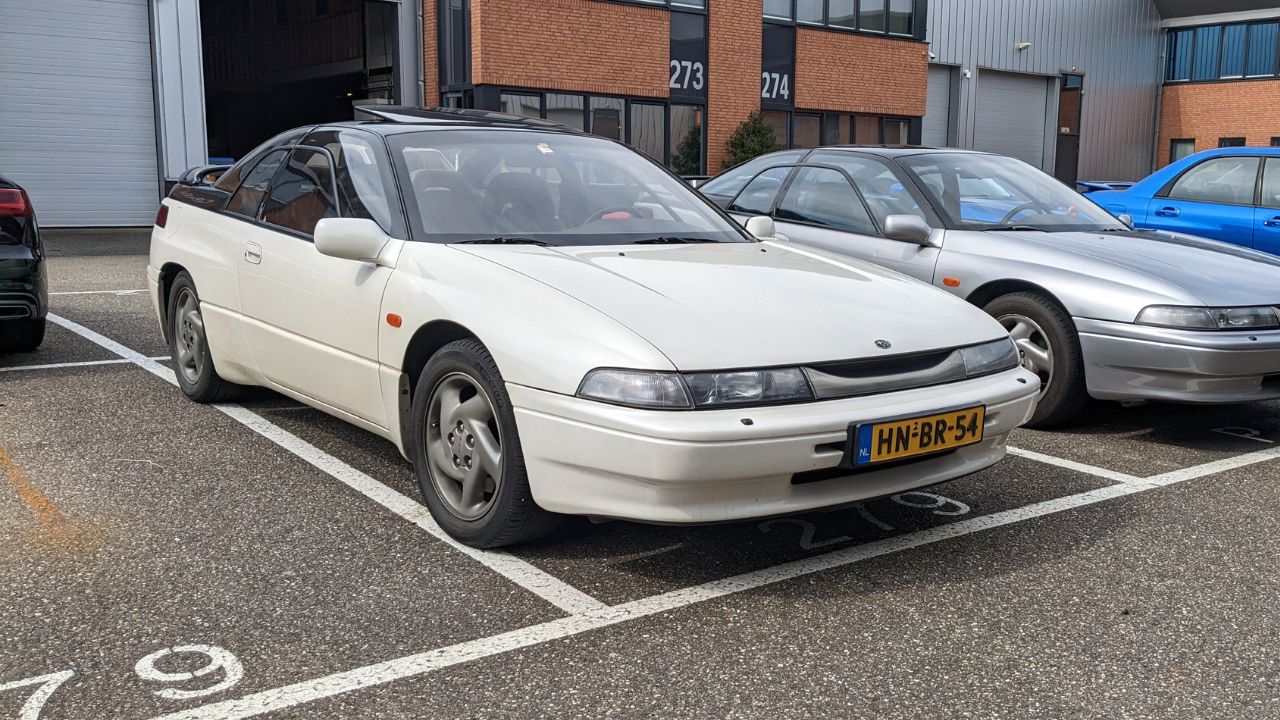
The Subaru SVX, launched in 1991, was a bold move for the brand known for its practical, all-wheel-drive vehicles. Designed by Italdesign’s Giorgetto Giugiaro, the SVX was a striking coupe with a distinctive window-in-window design. However, its hefty price tag and lack of a manual transmission option limited its appeal.
Sales of the SVX were sluggish, and it was discontinued in 1996 after failing to meet Subaru’s sales expectations. Despite its commercial failure, the SVX is remembered fondly by fans for its futuristic design and solid engineering.
Jaguar XJ220
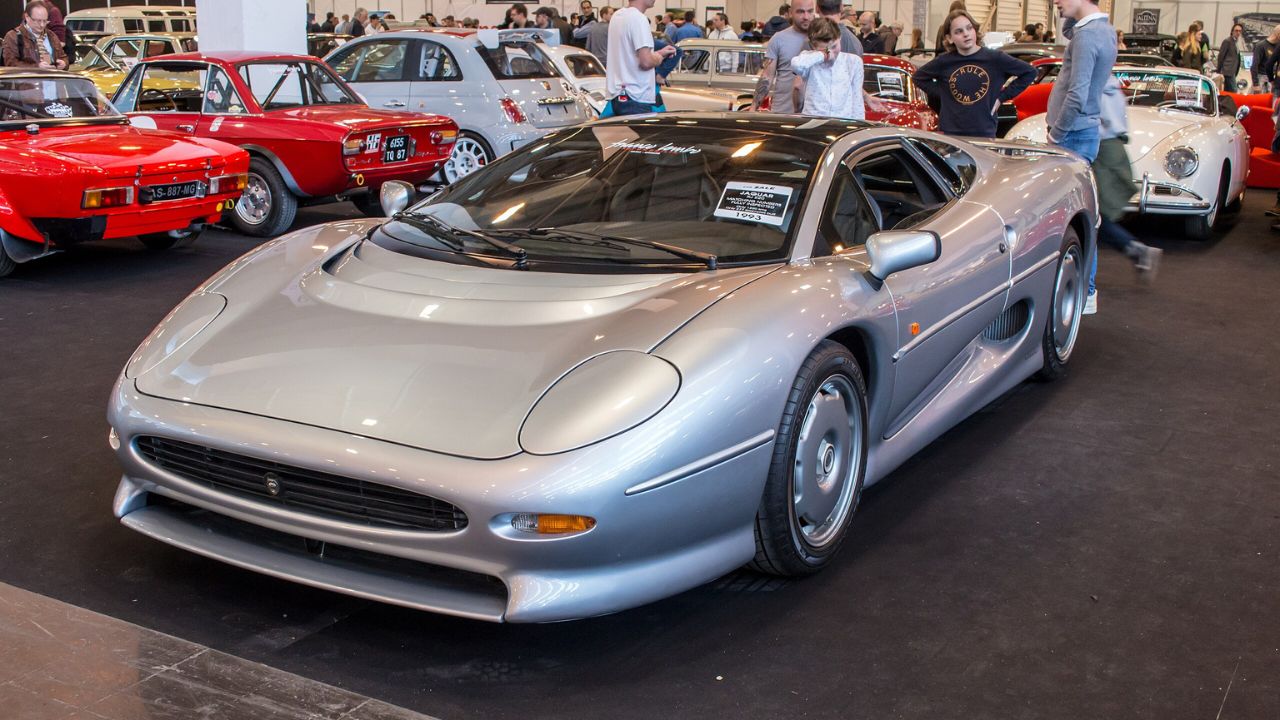
The Jaguar XJ220 was unveiled in 1992 amid great anticipation. It was promised to be the fastest production car in the world, and while it achieved this feat, the final product differed significantly from the prototype. The production version was rear-wheel drive instead of all-wheel and came with a V6 engine instead of the expected V12.
These changes, along with a high price tag and a global recession, contributed to its poor sales. Only 275 units were produced, and many buyers backed out of their orders. Today, the XJ220 is a collector’s item, valued for its rarity and engineering achievements.
Acura NSX (Second Generation)
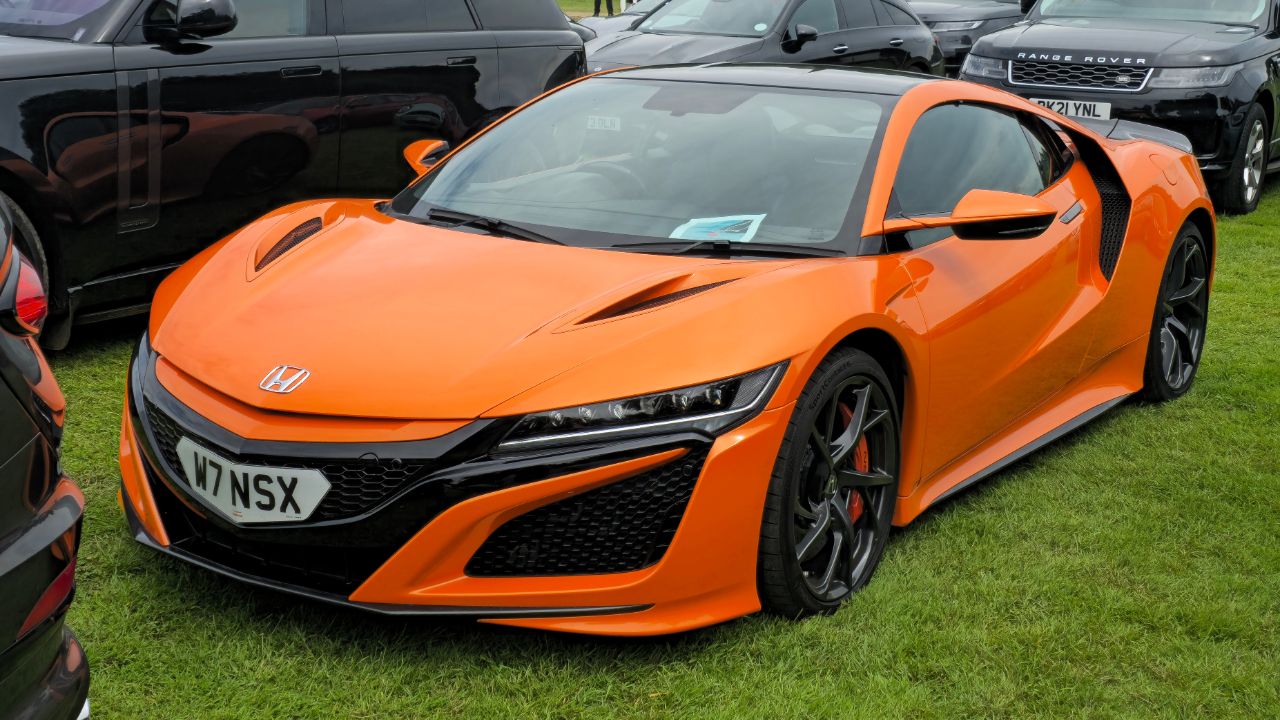
The second generation of the Acura NSX, launched in 2016, faced significant challenges despite its advanced hybrid powertrain and cutting-edge technology. Its high price point placed it in direct competition with established supercar brands, making it a tough sell for a brand primarily known for luxury sedans.
While praised by critics for its performance and technology, the NSX struggled to find a strong customer base. The market’s shift towards SUVs and the NSX’s high cost of ownership further hindered its sales, leading to its discontinuation in 2022.
Fisker Karma
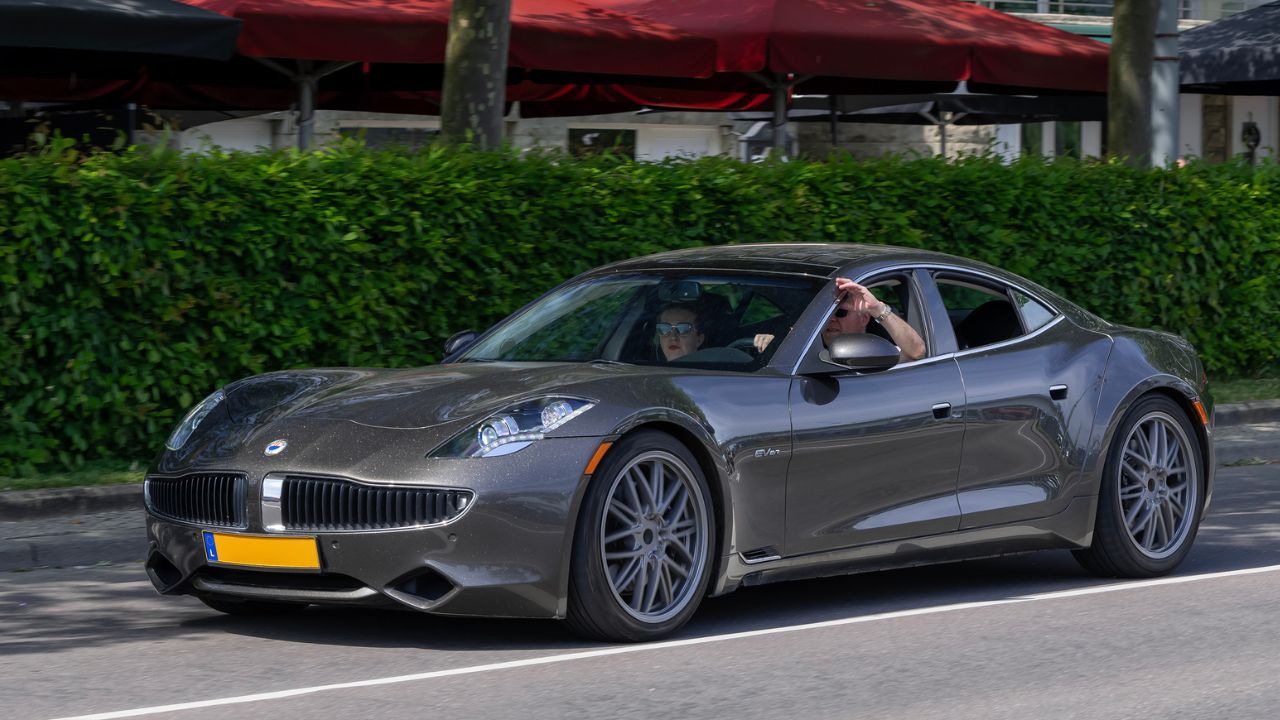
The Fisker Karma debuted in 2011 as one of the first luxury plug-in hybrid vehicles. Its sleek design and eco-friendly technology generated significant buzz. However, production delays, quality issues, and financial troubles plagued the company, leading to the Karma’s swift demise.
Despite early enthusiasm, the car’s limited electric range and high price tag made it a hard sell. Fisker Automotive went bankrupt in 2013, and while the Karma has since been revived under new ownership, the original model remains a cautionary tale in the automotive industry.
Alfa Romeo 4C
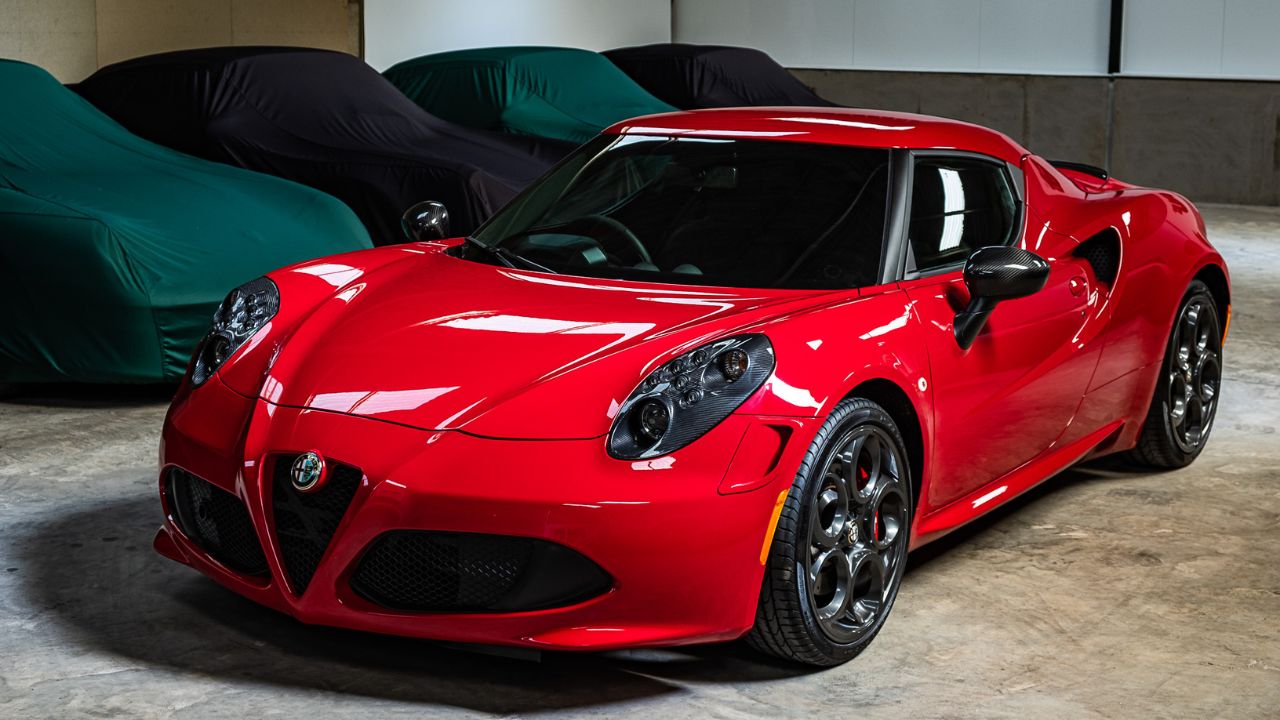
Launched in 2013, the Alfa Romeo 4C was a lightweight, mid-engine sports car that aimed to revive the brand’s image in the U.S. market. Its striking looks and agile handling were praised, but the car’s lack of comfort features and a spartan interior made it less appealing for daily driving.
Sales were modest, as the 4C struggled to compete with similarly priced sports cars offering more refinement and practicality. By 2020, Alfa Romeo phased out the 4C from its lineup, leaving it as a niche choice for enthusiasts seeking a pure driving experience.
Dodge Viper (Fifth Generation)
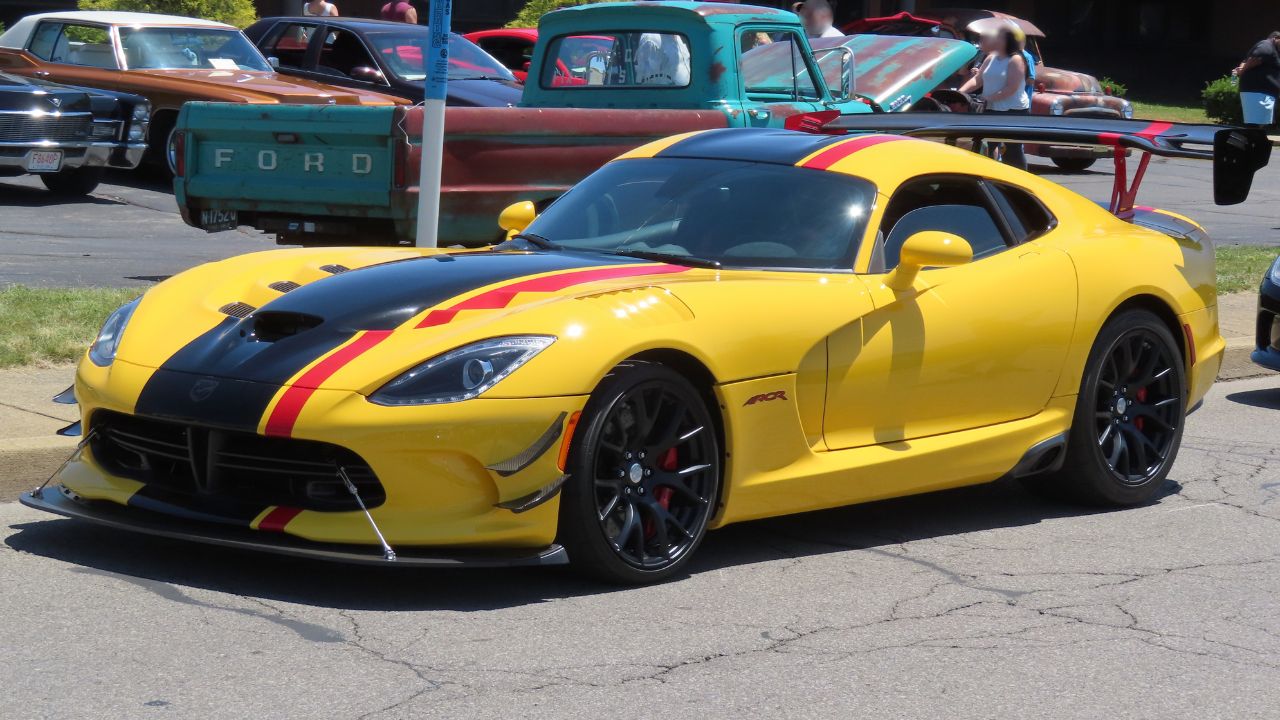
The fifth-generation Dodge Viper, introduced in 2013, was the final iteration of the American muscle icon. Despite improvements in performance and handling, the Viper faced stiff competition from more technologically advanced and comfortable rivals.
Sales were disappointing, with the Viper’s raw driving experience and limited creature comforts appealing to a small segment of buyers. Production ended in 2017, marking the end of an era for the Viper. Nevertheless, it remains beloved by purists who value its unfiltered approach to performance.
Like Fast Lane Only’s content? Be sure to follow us.
Here’s more from us:
*Created with AI assistance and editor review.

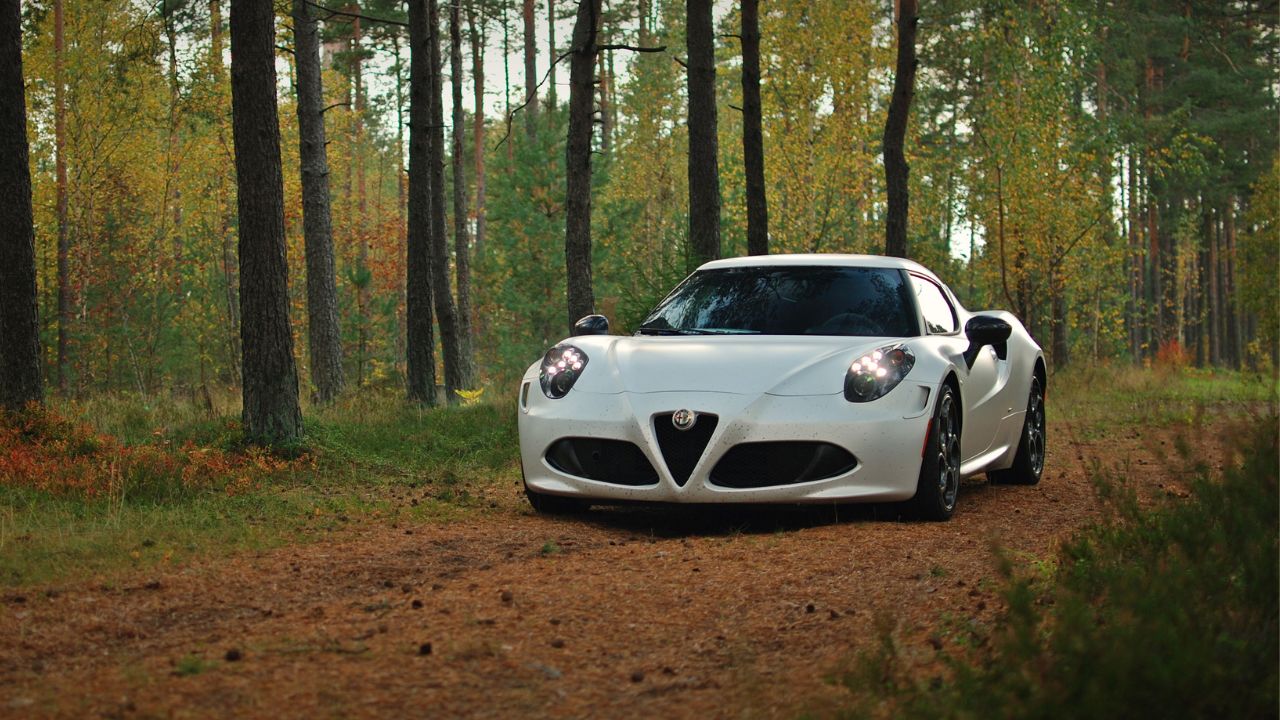
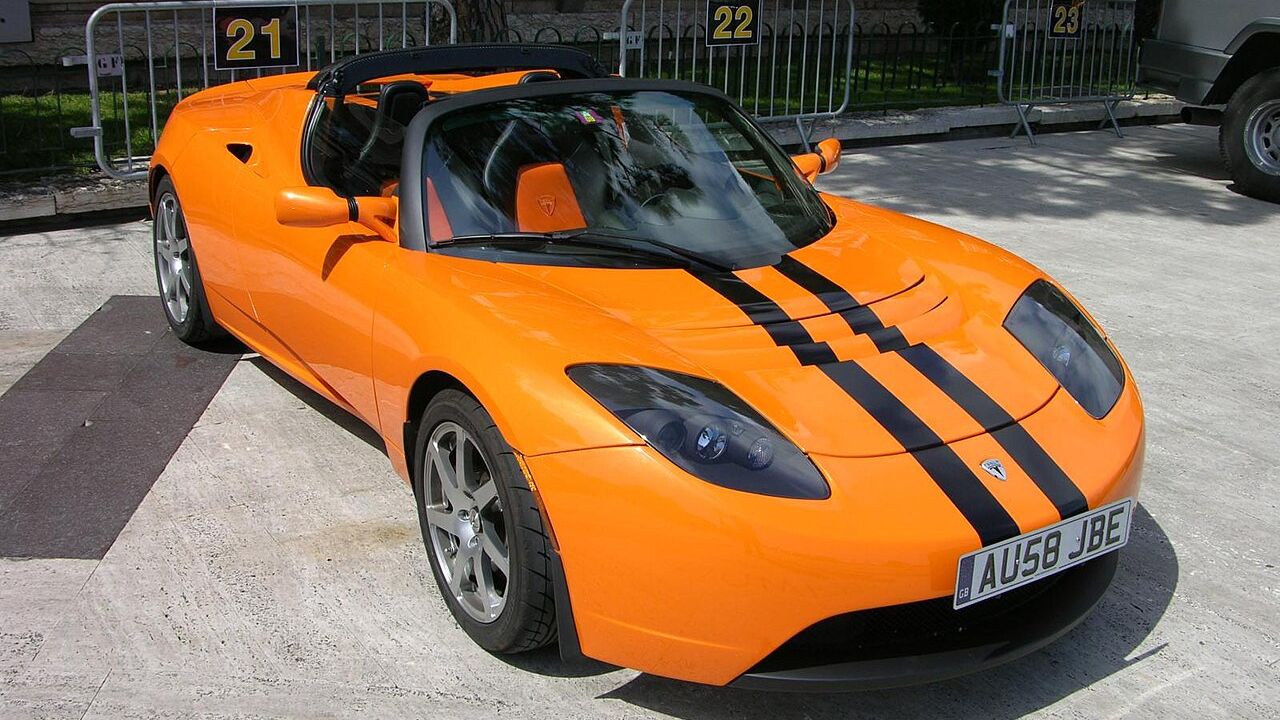
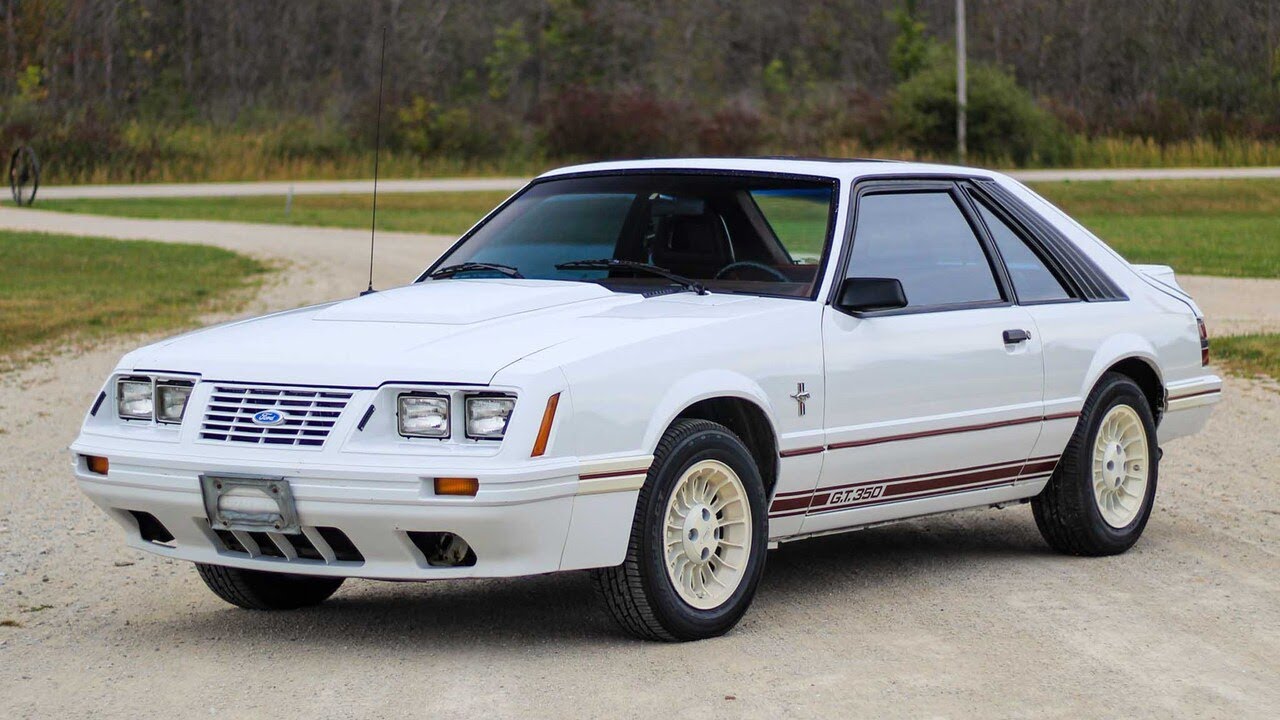

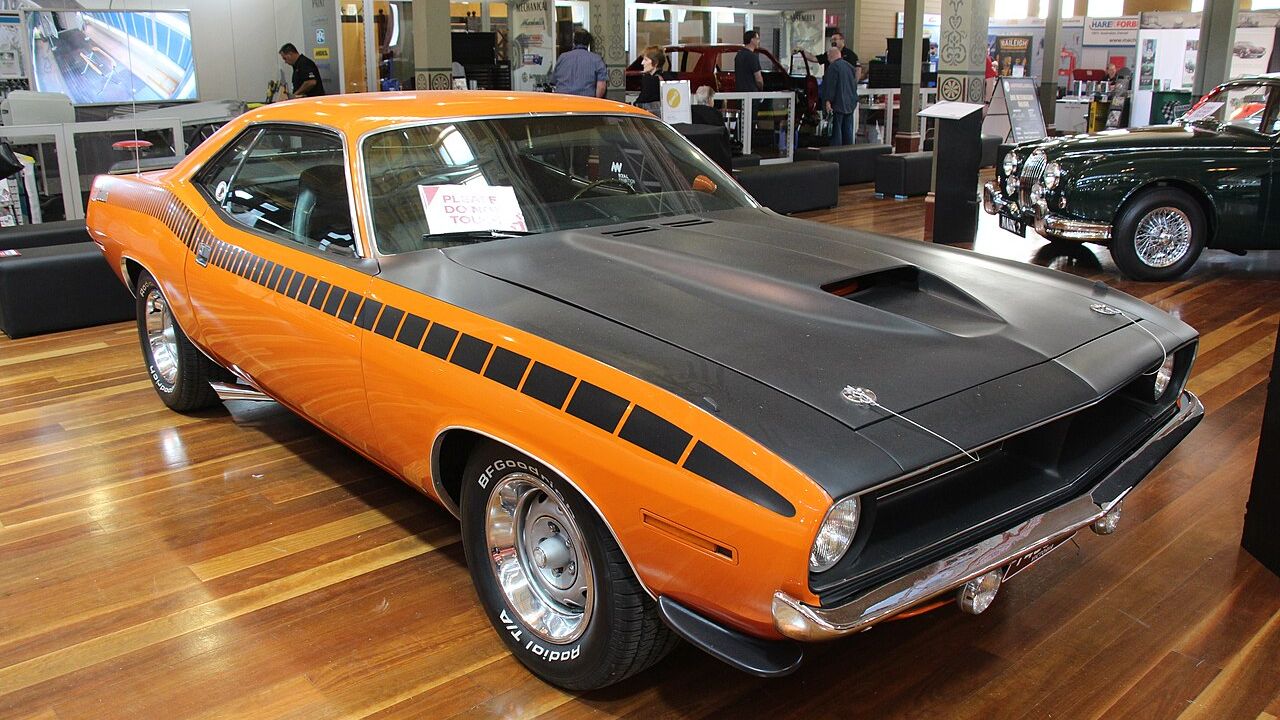
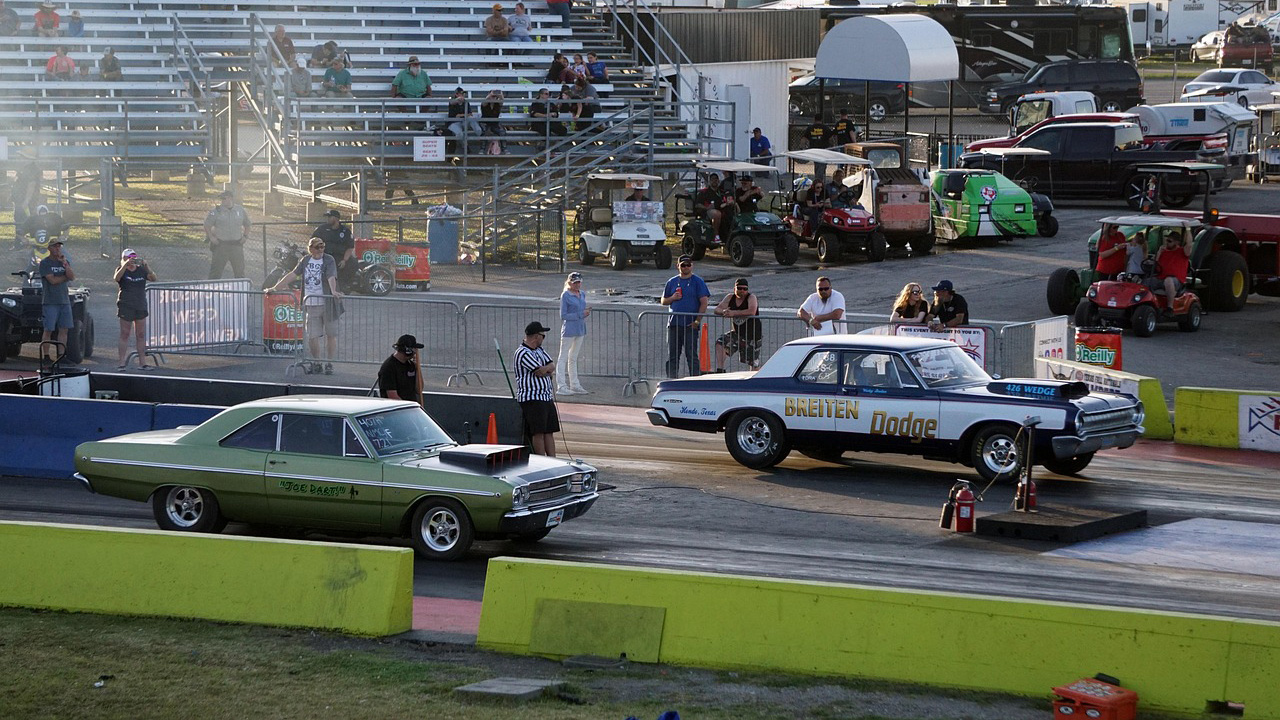
Leave a Reply